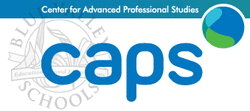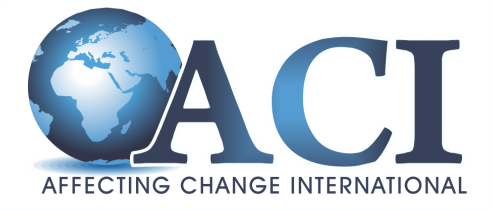
On Tuesday morning, President David Neely, Executive Director Jeff Herman and myself all got the privilege of sitting in on the final presentations of the Innovate students at Blue Valley School District's Center for Professional and Advanced Studies (CAPS). If you've spent any time on our website, I'm sure you've seen that we have been involved with CAPS for a couple of years now, and it has been nothing but an extraordinary experience.
We have had the pleasure of partnering with a few of the Innovate student groups. You can check out our first partnership on our Media page. The two groups that presented Tuesday addressed water transportation, in communities where, mostly, women are having to walk miles and carry more than half their body weight in water on their heads, and disaster relief centers. We were again overwhelmed with excitement listening to these students speak about their inspiration for the project and their hopes for what it will turn into. We are thrilled to get to continue to work with these students next semester and believe strongly in their efforts and abilities to create sustainable solutions for underprivileged communities.


 RSS Feed
RSS Feed